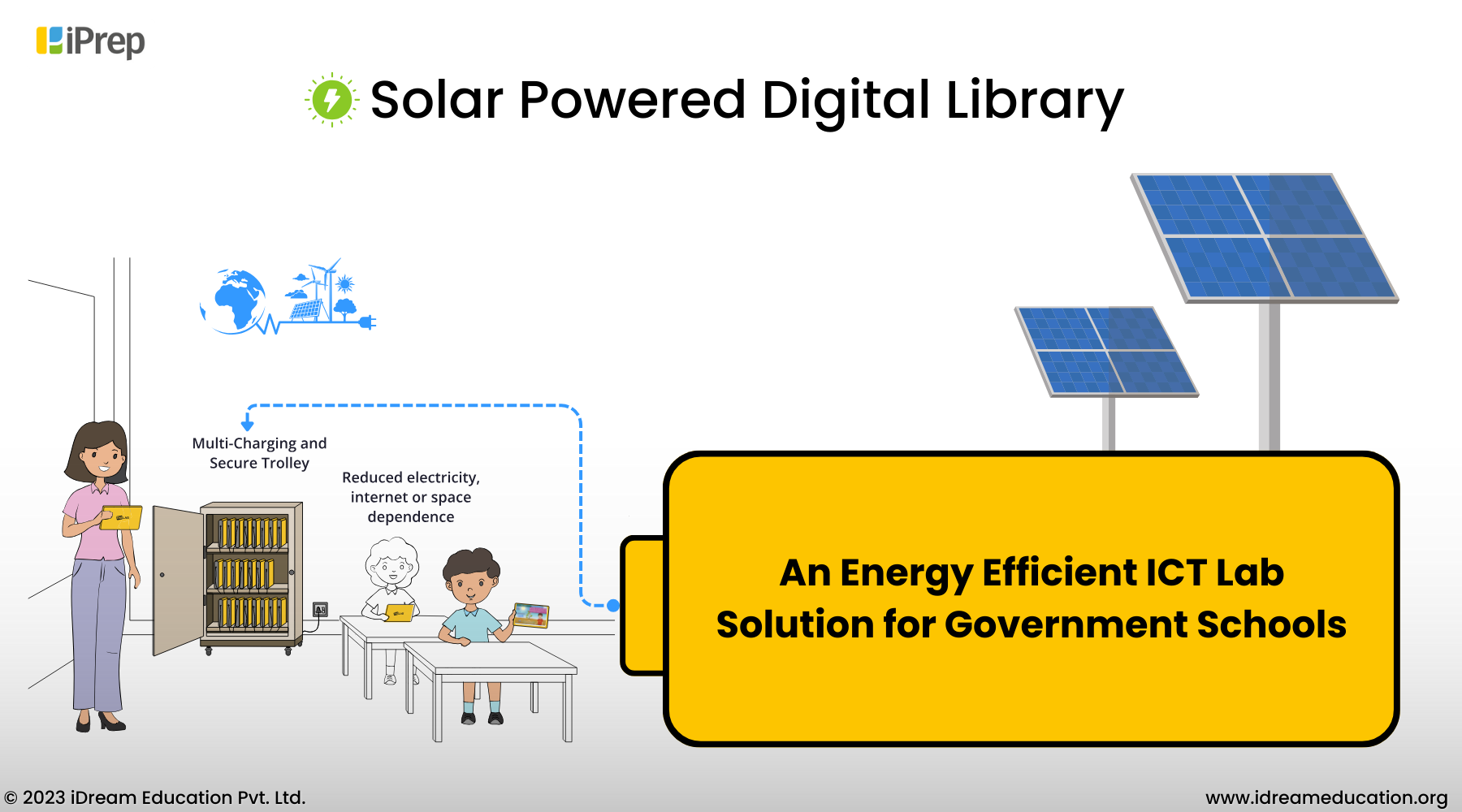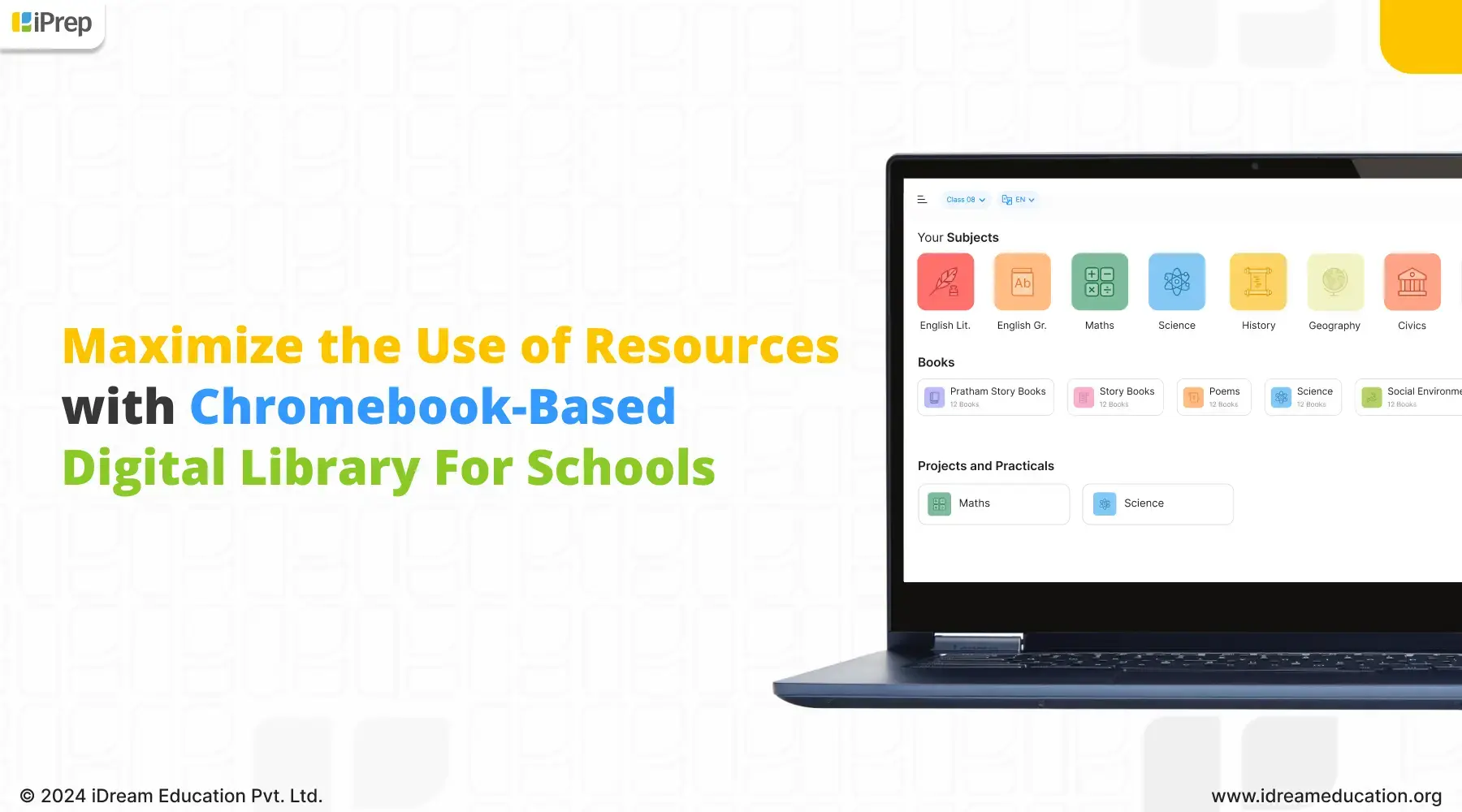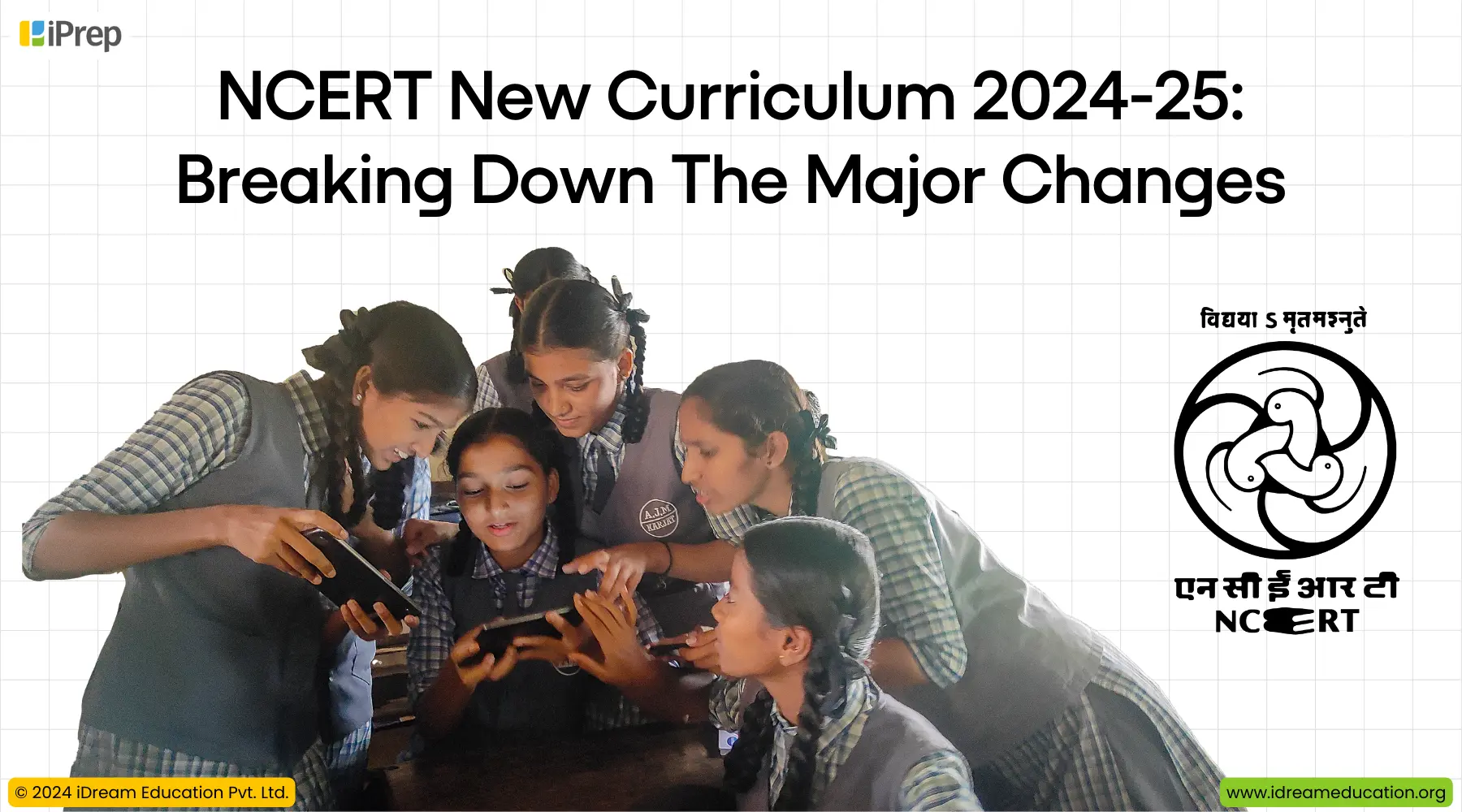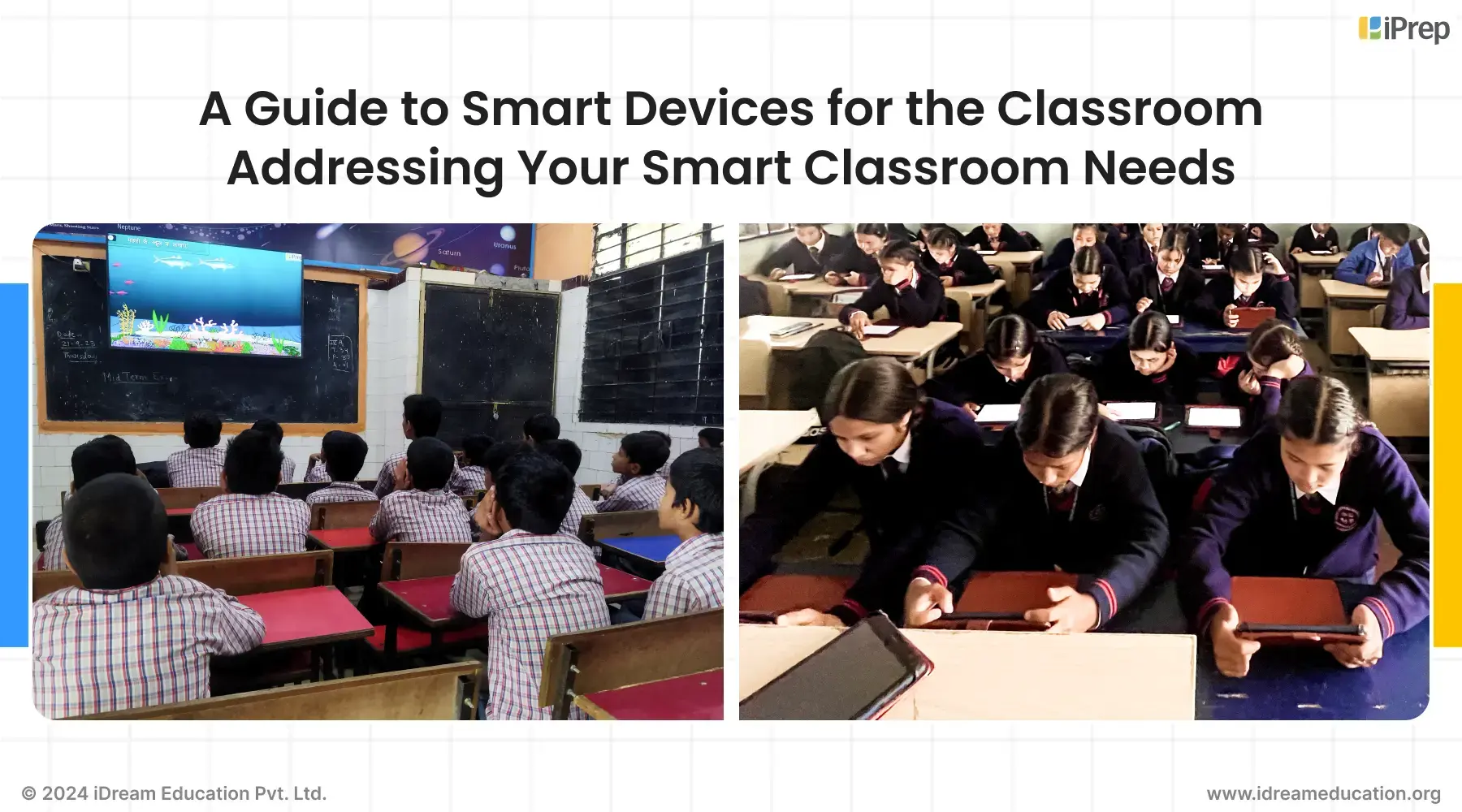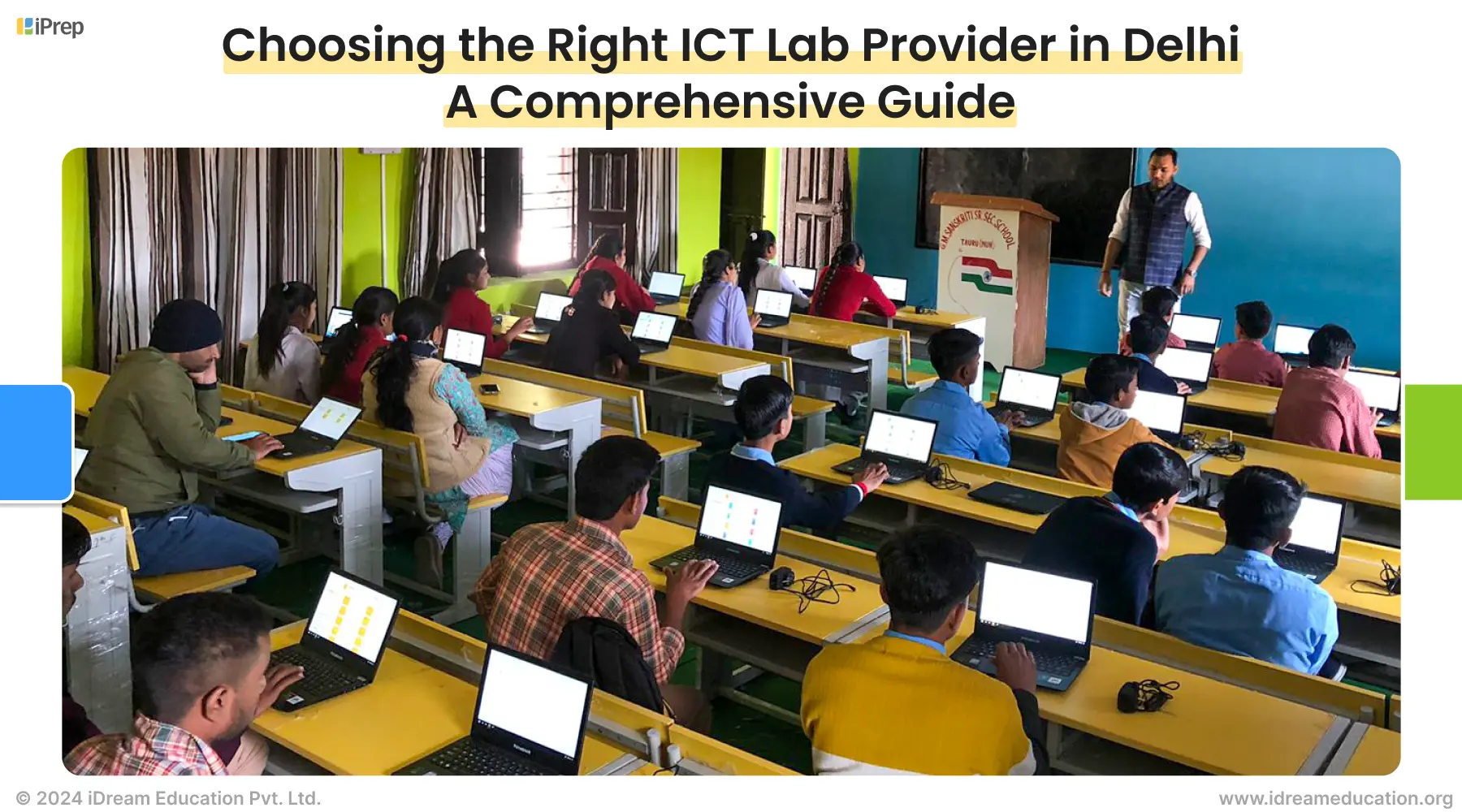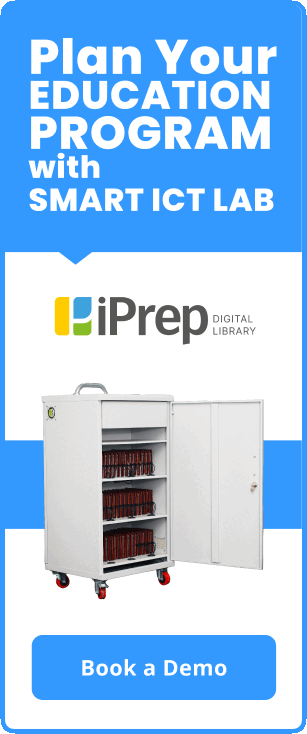How is lack of Teachers in Govt Schools impacting Student’s Learning Outcomes
Teachers are the fulcrum around which our entire education ecosystem revolves. Especially in the context of government schools. Here, students lack the privilege to have various means of accessing information. A teacher here is a window to the outside world.
Is there a lack of teachers in government schools?
As per the Right to Education Act, of 2009, there should be one teacher for every 30 students. It is unfortunate however that as many as 18% positions of teachers in government-run primary schools. 15% positions in secondary schools are vacant nationwide. According to data tabled in the Lok Sabha by the human resources development minister on December 5, 2016. About 9,00,000 elementary school teaching positions and 100,000 in secondary schools – put together a million are vacant.
The number of single-teacher schools in the country also reveals a severe shortage. 11 percent of our primary schools have a single teacher.
Reason for the shortage of teachers:
The reasons for the shortage of teachers are the lack of regular recruitment. It also includes, not clearing positions, bungled deployment of teachers, lack of specialist teachers for certain subjects, and small schools. All that causes a thin spread of the available teachers. Let’s look at the issue in slightly more detail.
A usual tendency for the state government is to hire low-cost staff on a contract basis. They do not fill up permanent posts with qualified professionals. The trend of downsizing staff began in the 1990s when economic reforms were in full swing in the country. States started doing that to manage their fiscal crisis. The problem with these guest teachers is that they are not well qualified. They do not even get adequate training. In the end, they are also not much accountable within the system.
They hire Guest teachers for a year and by the time they get to understand the needs of their students and the time for them to become permanent, it’s time for them to leave and fresh staff to arrive. It is obvious that given this situation, a guest teacher will never be able to connect with the students and hence will have a very limited role to play in helping them improve upon their learning.
Teacher shortages can also be traced to faulty recruitment policies. Teachers are hired by the state boards and assigned to schools, from where they can get themselves transferred as well. If the teacher is appointed directly to a school, and not to a system, they will be more accountable to the school and its students.
Teachers who are allotted to rural schools are always on the lookout for a transfer to the city and have no motivation to stay there. The state governments also do little to incentivize them for the same.
Read why we focus more on teachers.
Even in those schools, where teachers are present not all are in their classrooms on a daily basis. Some are on leave; some are out of school for official government work like duty on an election day and many others are not even motivated to teach their children. Even if such individuals are present, it hardly makes any impact on the students.
Impact of teacher shortage on the education system
In the middle of this mess, we ask where does it leave the child? The question is what impact is it having on the learning levels of the students studying in the government schools, how is it affecting their future, and is there a way out?
We don’t need more evidence, as there is enough already available that the learning level of students in our government schools is nowhere near improving. Pick up any ASER report and you will know what we mean. According to a report by BCG, over 50% of government school students are below grade level. The lack of teachers and that too good ones is not helping this in any way.
We tried to find out the reason
As a part of our work at iDream Education, it is our constant endeavor to speak to teachers and students in government schools to deeply understand their challenges and also their psychology. The small video below depicts one such interaction with a government school child from the Jhajjar district in Haryana:
There are two key insights in this video.
1. Lack of teachers:
The first is that due to a lack of teachers, the students in senior classes end up teaching the ones in junior classes. While it is not such a bad practice and it is absolutely ok to help out other students, we still believe that during school hours it is a sheer waste of time. The time that could be spent by the child in learning something new is being spent away teaching another child just because the teacher didn’t turn up or is not even there in the first place. Why are we disturbing the day for these students, when it is not even their fault?
2. Lack of Infrastructure:
Both due to lack of rooms and due to lack of teachers, the few teachers who are there in the school are forced to make students from different grades sit together in one room. Now, you have one room where you have students from classes 6, 7, and 8 sitting together. Can you even imagine the chaos? Teachers seldom resort to multi-media animations played on smart classes but considering the diversity of students, a multi-media video will only be able to make sense for students from one particular grade while all others will feel disengaged.
So, the question now is, do we have a way out? Yes, of course, we do.
Do we have a way out?
A lot of work is going around towards filling in the vacant posts and improving the quality of teachers by providing them with training and access to technology such as smart classes to make their job in the classroom much easier. However, owing to the scale of this issue, even if all the teacher interventions happen to start delivering quality teachers, this is going to take a lot of time. What about the students in the meanwhile? Do we want to continue to play around with their future while we fix the issue with the teachers? We at iDream Education strongly believe that it is time now to shift the focus from a teacher-centric thought process to one, which puts a child at the center. We believe that student-centric digital literacy is the future and that’s where lies the root of rural education transformation.
A child is inquisitive, does not have any fear, and owing to ever-growing smartphone and android penetration is also aware of how to operate a touch-based device. Why not leverage this familiarity and shift the technology from the hands of the teacher and give it to the child? This is exactly what our TABLAB solution the iPrep Digital Library is for. The simple and hassle-free design ensures that it is easy to operate, use and manage and the interesting, engaging content across 5 different categories ensures that children have fun while learning.
The beauty of iPrep Digital Library- TABLAB is that it can work under any scenario. If we have a dedicated and well-qualified teacher in a government school, the iPrep Digital library – TABLAB with its local language and state board-aligned learning content can seamlessly integrate into the school’s curriculum. It can then become a personal assistant for the teachers.
There can be scenarios where the teacher doesn’t wish to teach either because lack of motivation or some personal work. Teachers can use the iPrep Digital Library here to effectively engage the children without any disturbance to their work. The worst-case scenario can also occur where the teacher is not even present. A TABLAB here can still ensure that the learning does not stop for the students. Our TABLAB solution, the iPrep Digital Library is a completely student-driven learning infrastructure for government schools. Once they realize that learning can be fun, their engagement level increases. Then they proactively involve themselves in the learning process.
To conclude, while we appreciate the work our government is doing to fill up the vacant posts with qualified professionals and to further provide adequate training to the teachers, it is time now that we need to also simultaneously look for solutions which make the lives of our teachers simple instead of complicating it. Once we understand their psychology and fine-tune any interventions to cover in the school according to that, we will be fostering an environment where teachers will be happy and will therefore find the right motivations to work with their students.
Do you think a tablet-based one-on-one learning system for government schools can help resolve the teacher crisis?
Download Now – Learning App
Watch Now – Best learning video for 1st to 12th class
Follow Our Social Media Channel
Facebook – https://www.facebook.com/idreameducation
Instagram – https://www.instagram.com/idreameducation/
Twitter – https://twitter.com/idreameducation
Linkedin – https://www.linkedin.com/company/idream-education


